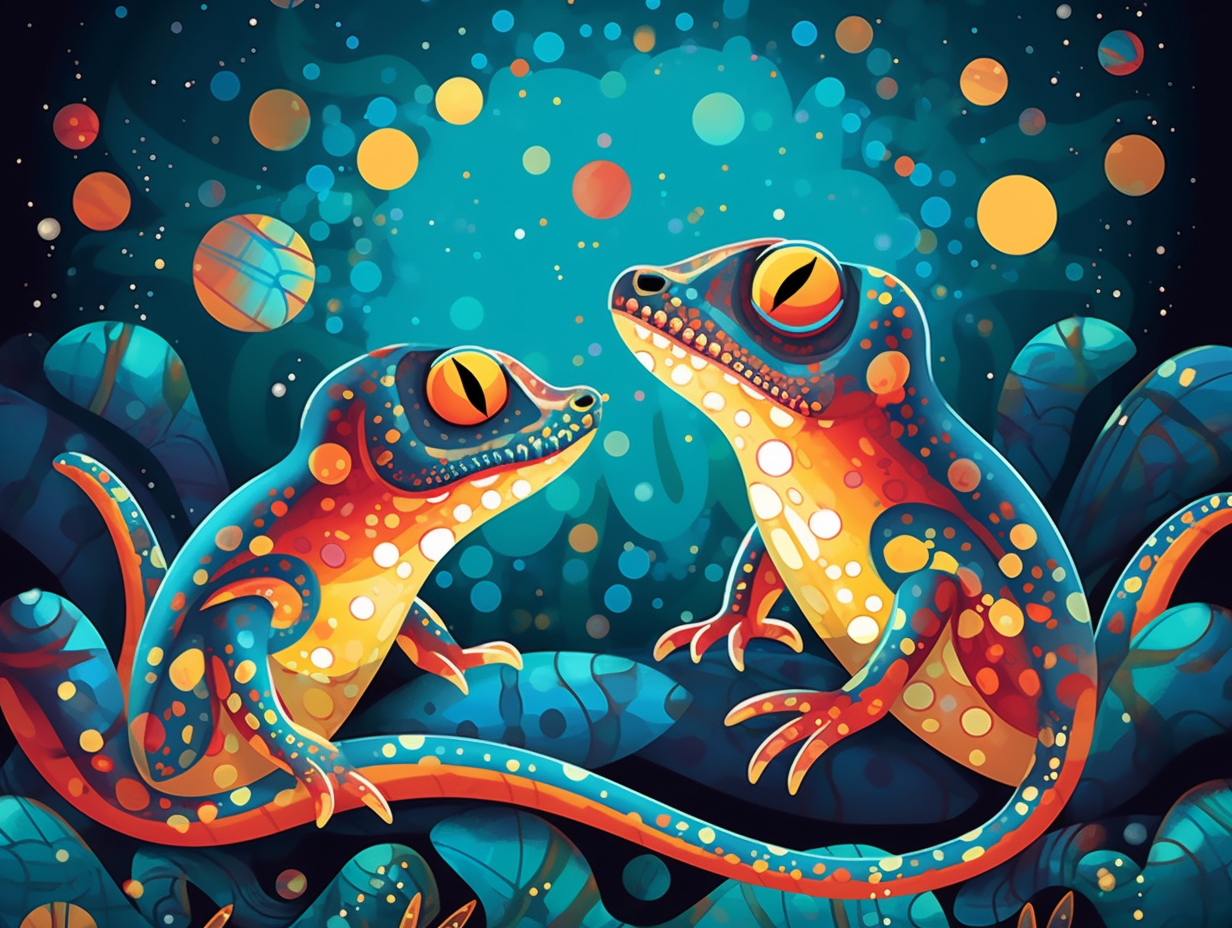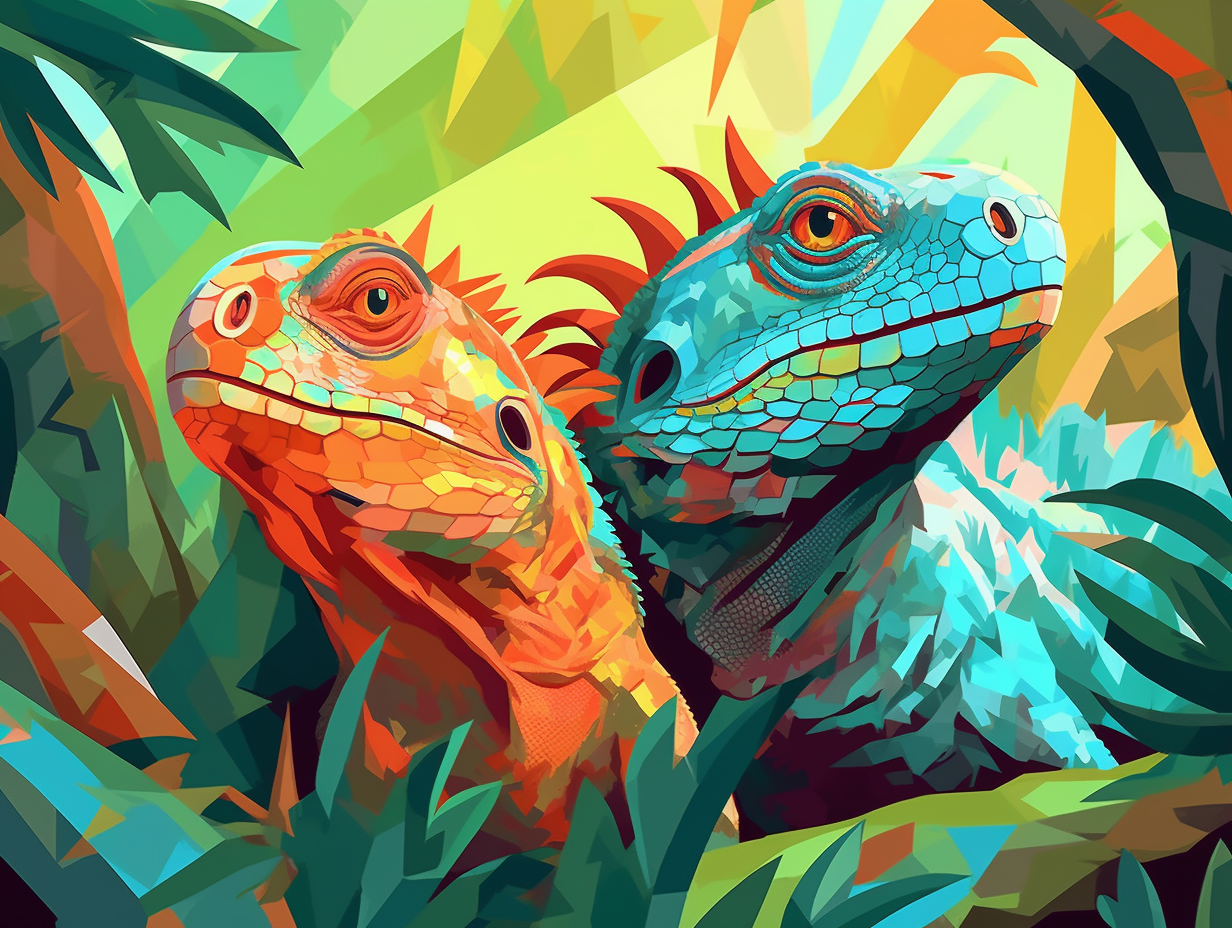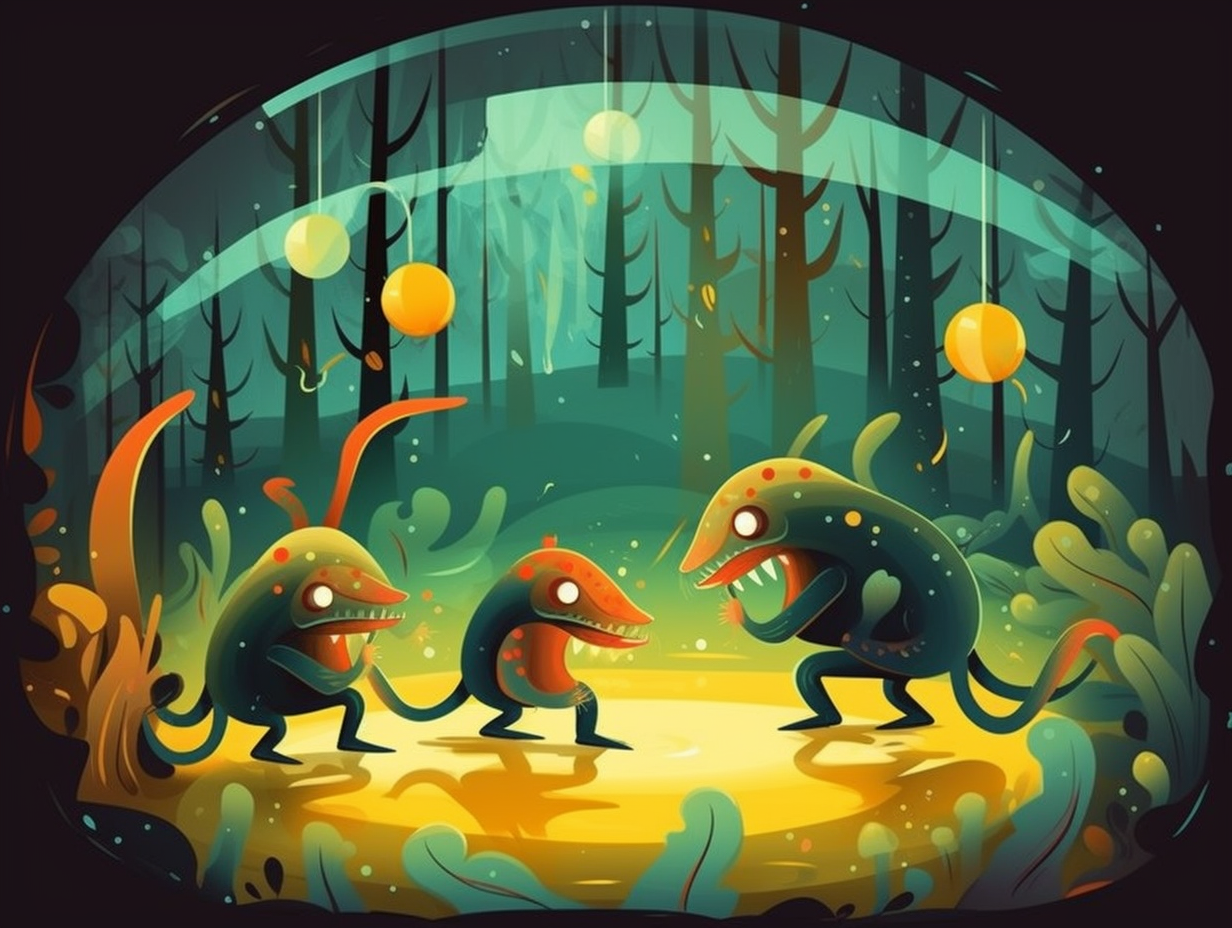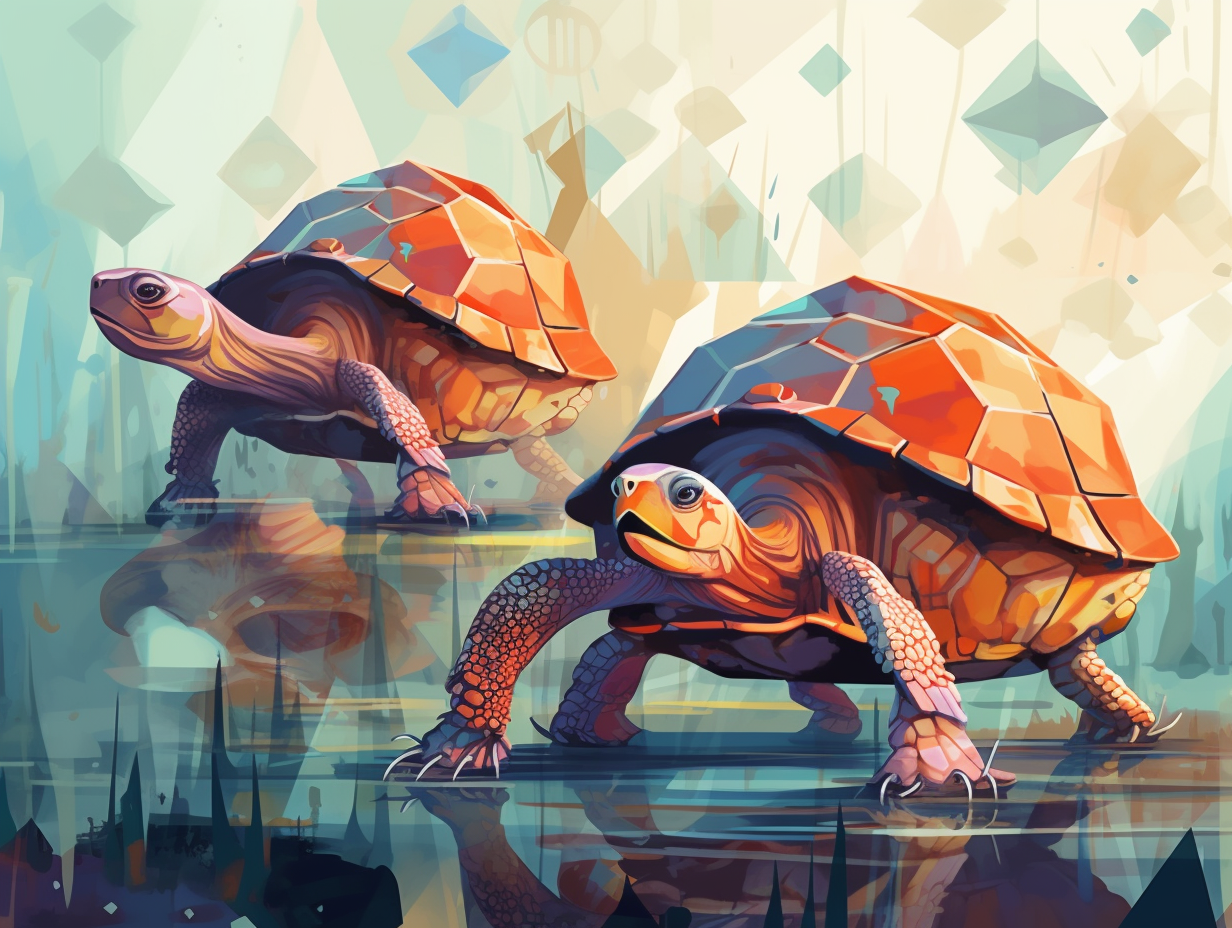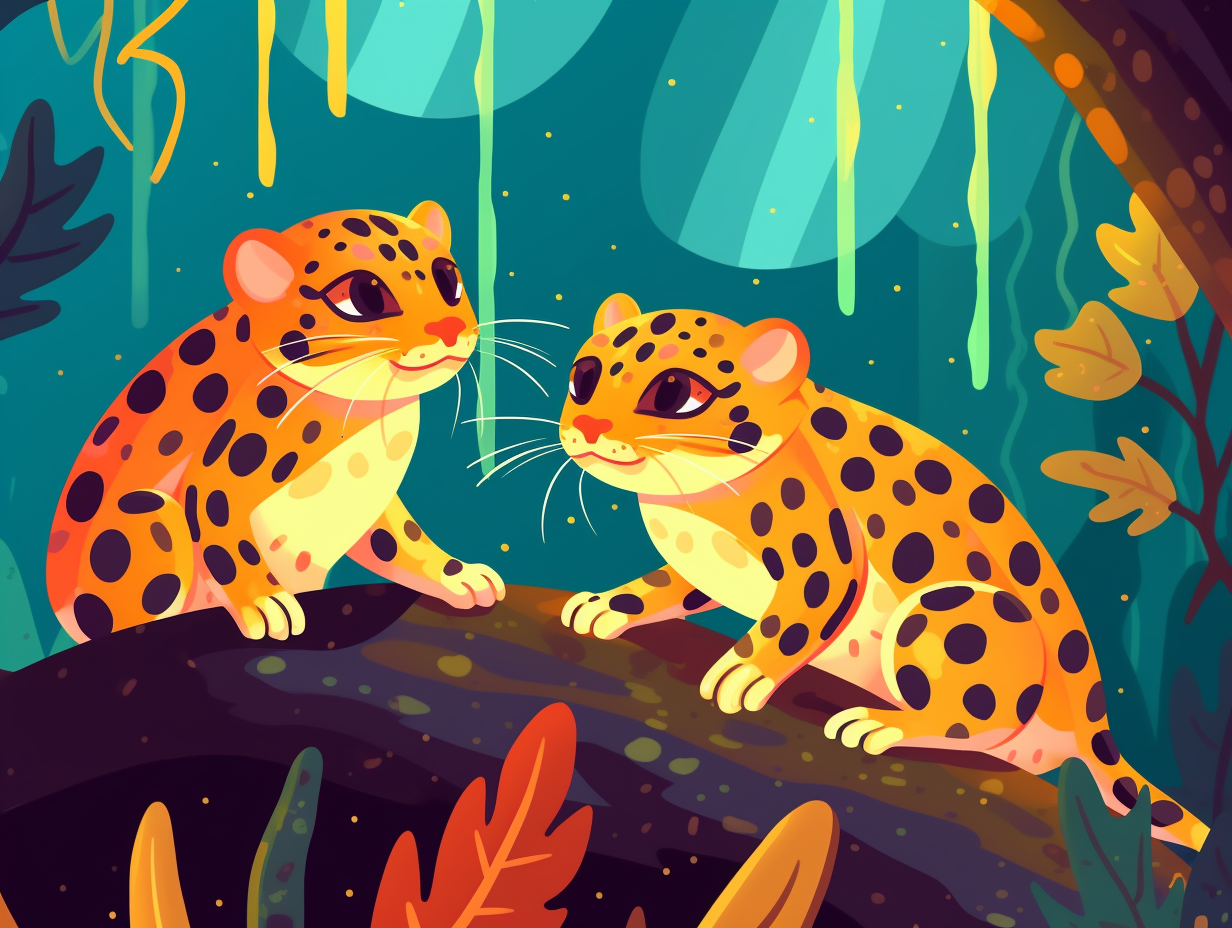Discover the Wild Side: Top 11 Amazing Fun Facts About Reptiles You Should Know!

1. Blue Tongue Skink: The Artistic Intimidator
Ever heard of a creature that moonlights as a professional tongue painter, using their vibrant blue canvas to frighten away any potential bullies? Well, meet your new artistic inspiration: the Blue Tongue Skink opens its mouth and sticks out its boldly blue tongue to intimidate predators, tricking them into thinking it's venomous and thus avoiding being turned into lunch.
Source => oaklandzoo.org
2. Snakes: The Ultimate Globetrotters
While you might think an all-inclusive resort is hard to find these days, snakes beg to differ as they have slithered their way into nearly every corner of the globe, booking their stays everywhere but five exclusive destinations: Antarctica, Iceland, Ireland, Greenland, and New Zealand. But fear not, fellow humans, only 7% of these legless globetrotters are skilled enough to present a real danger: Out of the 3,000 fancy-free snake species that have booked their spots, only a small percentage pack a venomous punch, while their scales perform double duty, acting as moisture-trapping vacation attire in the harshest of climates.
Source => nationalgeographic.com

Did you know that green anoles are the ultimate color-changing lizard fashionistas? Their stunning hue transformations are actually a response to temperature, humidity, and hormonal changes! Discover the mystery behind their captivating endocrine system.
=> Fun Facts about Lizards
3. Chameleons: The Original Mood Painters
Forget mood rings, chameleons are the original masters of expressing their feelings in living color: These remarkable reptiles can change their skin hue not just for camouflage, but also to regulate body temperature, display emotions, and even communicate with fellow chameleons thanks to layers of specialized cells called chromatophores laden with various pigment sacs.
Source => wired.com
4. Bearded Dragons: The Emotionally Colorful Reptiles
Who knew bearded dragons were channeling their inner chameleon: These quirky reptiles can change their body color to blend in, regulate their temperature, and even express their emotions like painting themselves a "feel-good" shade of yellow or orange!
Source => reptilinks.com

5. Frosty Frogs: The Freeze-Proof Hibernators
Step aside, Captain America and the cryogenic sleepers of science-fiction: Mother Nature's got her very own brand of freeze-proof hibernators! These cold-blooded, ice-hearted North American frogs, including the Gray Treefrog and Wood Frog, can survive being frozen solid for weeks at temperatures as low as -5C (23F) thanks to their cryoprotectant-filled cells, only to thaw back to their hop-happy selves when spring returns, complete with their seasonal superhero duties of breeding in vernal pools.
Source => oriannesociety.org
6. Jaragua Sphaero: The Quarter-Sized Reptile
You might say this tiny reptile "saves on rent" by having a body small enough to fit on a humble quarter: The Jaragua sphaero, or Sphaerodactylus ariasae, holds the world record for being the smallest known reptile, measuring a mere 14-18 mm (0.55-0.71 in) long, and can be found in the dry forests of the Barahona Peninsula and Beata Island on Hispaniola.
Source => en.wikipedia.org
7. Reptiles: Sunbathing for Health and Survival
When reptiles roll out their beach towels and start slathering on the sunscreen, they're not just catching some rays for fun: they actually need the sun's warmth to thermoregulate their body temperature and potentially kick out some pesky parasites, bacteria, and excess moisture on their skin.
Source => en.wikipedia.org
8. Alligators: The Tail-Regrowing Machines
Whoever said "grow a tail" probably didn't have alligators in mind: young American alligators possess the stunning capability to regrow up to nine inches of their tail, which is approximately 18 percent of their body length. This cellular regenerative machinery, unlike humans who can't regenerate lost limbs, could potentially offer insights into the development of regenerative treatments for arthritis and other injuries.
Source => smithsonianmag.com
9. Gender Reveal Parties: Courtesy of Mother Nature
When Mother Nature plays "Guess Who?": Did you know that for some reptile species, the temperature at which their eggs are incubated transforms into a gender reveal party? Most turtles, as well as all crocodilians, have a temperature-dependent sex determination system, meaning a few degrees can cause a major plot twist in the sexual makeup of their offspring. Case in point, the European pond turtle's brood turns out to be all-female when incubated above 30°C, all-male below 25°C, and finds a gender balance at the sweet spot of 28.5°C.
Source => ncbi.nlm.nih.gov

10. Leatherback Sea Turtles: The Deep-Diving Jellyfish Hunters
Talk about diving into the deep end: Leatherback sea turtles can plunge an astounding 4,000 feet below the ocean's surface, a feat that allows them to snack on jellyfish and salps unlike their less intrepid turtle friends.
Source => fisheries.noaa.gov
11. Geckos: Speedy Wall-Crawlers with Magical Sticky Feet
Geckos, the natural world's ultimate wall-crawlers, put even Spider-Man to shame with their impressive adhesive abilities and lightning-fast moves: These tiny superheroes are not born with sticky feet, but they can rapidly activate and deactivate their sticking powers, enabling them to sprint across surfaces at a whopping 20 body lengths per second through a clever system of toe hair angles and balanced forces, as documented in the Journal of Applied Physics.
Source => livescience.com
Related Fun Facts




